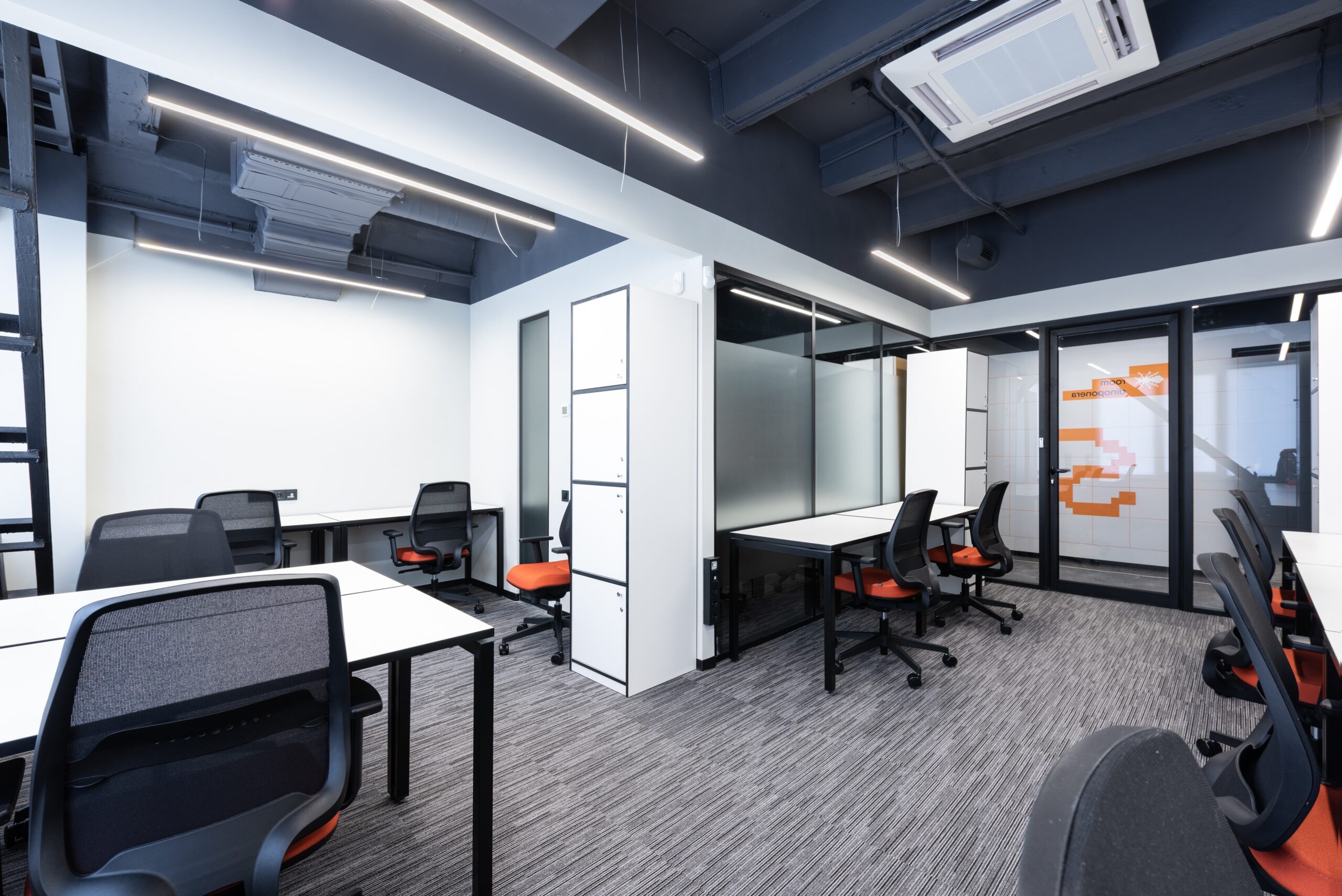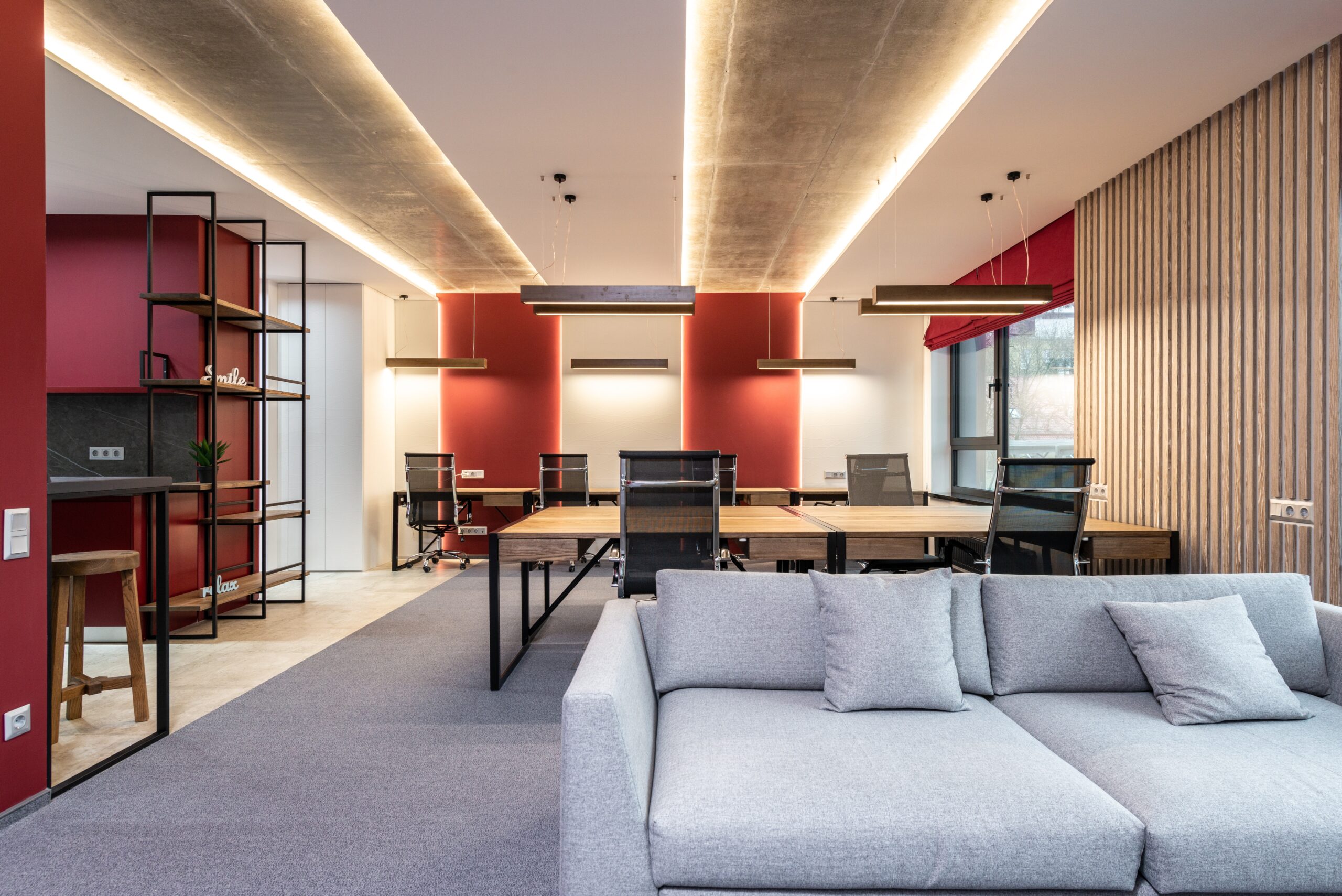Managing Commercial Property
Acquiring commercial real estate is one piece of the puzzle; managing a property is another. Whether you hire a property manager or take on the responsibility yourself, it is an essential part of ownership.
A property manager will help facilitate tenant relationships, negotiate leases, and preserve the building’s condition. Consistent property management maximizes your return on investment by increasing cash flow and boosting appreciation potential.
Maintenance is Key
While there are many important aspects of property management, maintenance is key. A building that is well-cared for will not only be appealing to tenants looking for a new space to lease but also for future buyers if you end up needing to sell.
Preventative Maintenance
When people think of building maintenance, they often imagine a handyman fixing a broken light fixture or a plumber repairing a leaking pipe. Preventative maintenance, however, is even more essential.
Preventative maintenance may include regularly scheduled plumbing, electrical, and HVAC inspections, checking roofs for leaks, and consistent cleaning to avoid general wear and tear.
Tenant Communication
In addition to preventative maintenance measures, having proper systems in place for tenant communication is critical. When issues arise, you want your tenant to understand what steps to take and how to efficiently communicate the situation to the property manager or owner.
Quick Repairs
Once an issue is identified, the landlord or property manager should address repairs quickly. Strong relationships with contractors and vendors allow for speedy resolutions at fair prices.
Overall, following best practices for commercial building maintenance is essential in preserving your real estate investment. Please contact Steve Longenecker at WeBrokerCORealEstate or 720-600-9513 regarding any commercial real estate needs in Longmont, CO, and our neighboring communities.
We give out $250 gift cards for referrals that become our real estate clients.
Like, Share & Follow us on LinkedIn and Facebook.
#longmontcommercialrealestate #commercialrealestatebroker #northerncoloradocommercialrealestate









